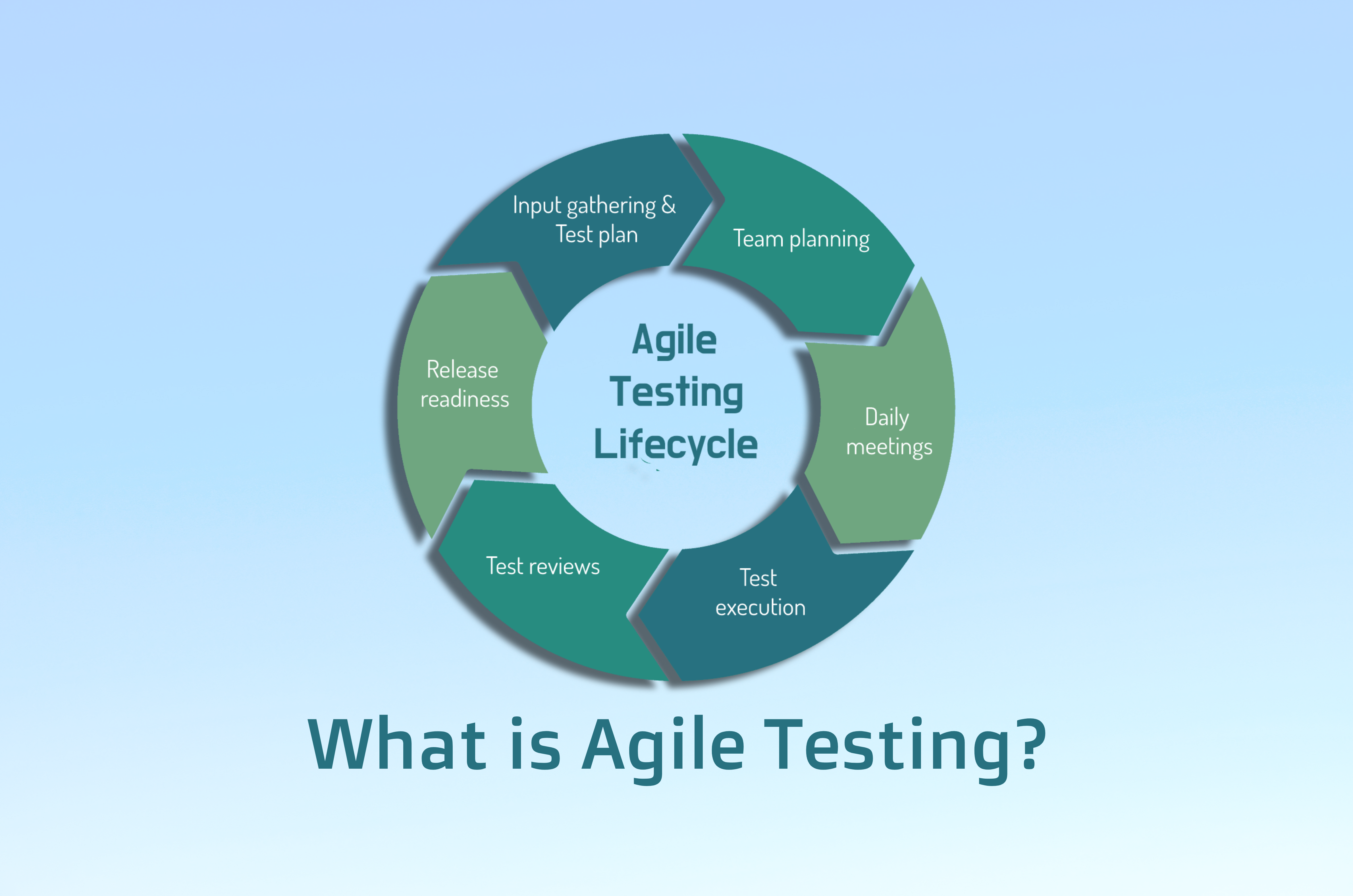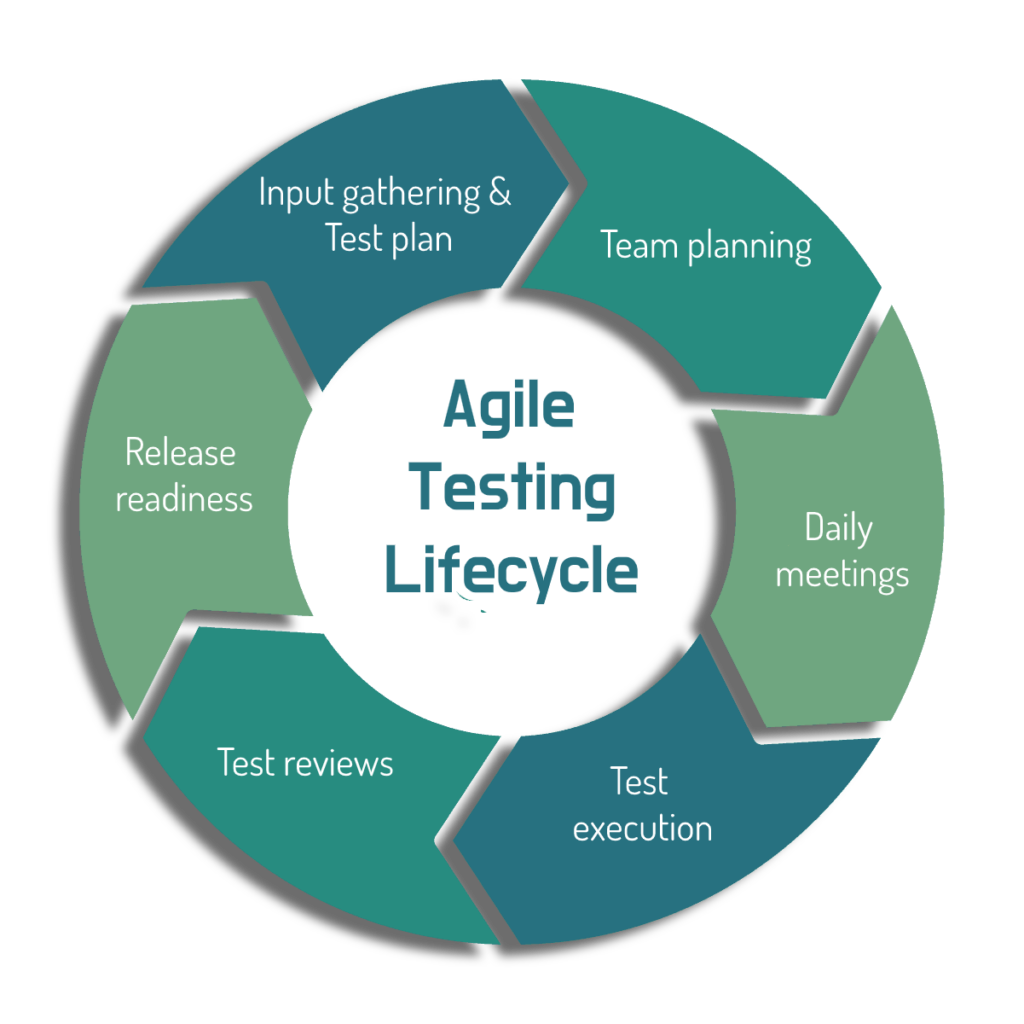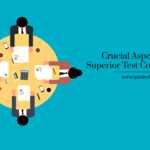
Proper software testing can help provide an amazing final product, however, it’s crucial to find the right methodologies and tools to make that happen. That’s where the need for professional agile testing comes into play. With that in mind, agile testing can help bring in astounding results, and you will be heavily impressed with the process and results.
Definition
At its core, agile testing is a testing practice and it follows the principles and rules designated by agile software development. The idea here is that you can start testing right when you started the project and you have a simple thing to work with. What makes this type of testing so unique is that it seamlessly integrates with the agile development aspect and it’s not sequential. Instead this is continuing throughout the development process.
The benefits
One of the major advantages is that it spreads during the development process, and that means that agile software testers can have daily meetings and figure out issues. As a result, problems get solved a lot faster. There’s also less documentation to be done, and on top of that you also get to save a lot of money and time because you don’t designate specific resources for testing at the end. You just do that gradually and it ends up being way less expensive, something that matters a lot here. There’s another thing too, you receive a lot of feedback from the end-users, so you can optimize and improve as you go along.
The principles
Agile testing clearly focuses on the idea that testing is not just a phase. Instead it focuses on continual testing so you can have high-quality results. The testing process is what moves the project forward. You get to have constant feedback and ensure that the resulting product is very good. Everyone can enter the testing process, and you will have a much shorter feedback response time. With help from agile testing, you get to clean up the code as you go along, making sure that the entire result is great and ready to go.
Lifecycle
The AT lifecycle includes the following phases:
- Test plan & Input gathering
- Team planning
- Daily meetings
- Test execution
- Test reviews
- Release readiness

Best practices to consider
There are some things you need to focus on when it comes to agile testing. Some of the best practices include exploratory testing, automated regression testing, test-driven development, and automated unit tests. All of these can help make the testing process seamless and a lot better.
Conclusion
Agile testing is one of the most popular testing methodologies right now for a reason. Not only does it push the boundaries in amazing ways, but it definitely brings in the front top of the line results and tremendous benefits. If you have even the slightest interest to improve your testing, trying out agile testing makes a lot of sense. It’s by far one of the top methods you can use right now and the results can be extremely impressive. If you never tried this type of testing methodology, it’s well worth it and it can provide outstanding results.
Share this post











